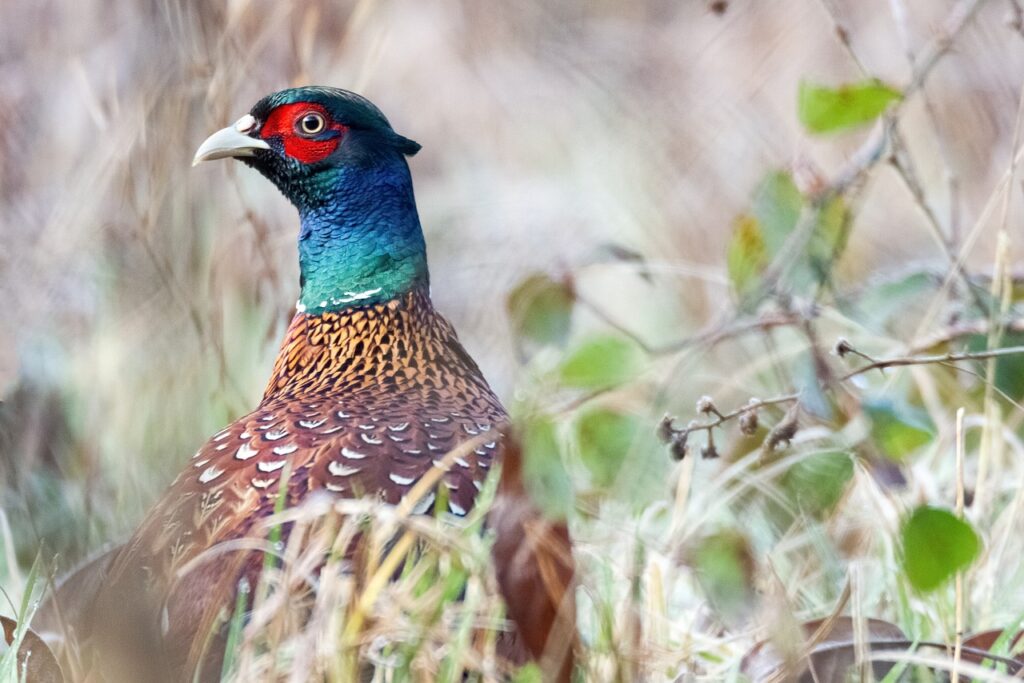What Makes Maps in Clienage9 Stand Out?
Most games throw together landscapes that look good but don’t do much. Not so in Clienage9. The maps here aren’t just scenery. They dictate tactical flow, guild dynamics, and even how PvE unfolds. Each zone is designed to influence the way players move, fight, and survive.
Whether you’re in a dungeon crawl or mass PvP, the map layout determines visibility lines, chokepoints, resource spawn areas, and safe zones. That means a coordinated group familiar with the terrain can control the whole fight—sometimes without ever needing superior gear.
Terrain as a Tool
Forget about mindlessly spamming buttons. In Clienage9, using terrain smartly is half the battle. Hills offer lineofsight advantages for ranged units. Forests provide ambush spaces. Rivers split groups and limit mobility. Knowing which part of the map favors which tactic separates the rookies from the veterans.
Let’s say your squad is undergeared and outnumbered. On an open field, you’d get steamrolled. But if the fight’s near a cliffside corridor with narrow turns? You can bottleneck the attackers and chip them down slowly. That kind of strategic exploitation of maps in clienage9 can swing entire wars.
Resource Nodes and Ownership
Resource gathering is tied deeply to the map’s structure. It’s not just about collecting loot; it’s about earning territory. Highvalue mines or herb patches usually sit deadcenter or on contested borders, drawing in players from multiple guilds. Control the map, and you control the income stream.
Guilds will often establish outposts or rotating patrols in key areas not because it looks cool—but because map control equals economic dominance. If you’re new and wondering why every corner is crawling with scouts, it’s not paranoia—it’s good planning.
PvP Zones and Map Traps
Maps are split into safe zones, open PvP zones, and special event areas. Each comes with its own risks, but smart players use this to ambush opponents. Some maps even include hidden dropdown ledges, breakable walls, or oneway gates.
The experienced fighters bait noobs into chasing them down a hill or across a broken bridge—then collapse on them with hidden reinforcements. If you don’t know where those traps are, you’ll run right into a meat grinder.
Events That Redraw Boundaries
Clienage9 runs dynamic world events, and when those go off, parts of the map change—literally. Lava floods destroyed regions recently? That reroutes travel paths. Bandit invasions? That cuts off fasttravel zones. You can’t just memorize old map routes; you’ve gotta adapt to real changes.
To win consistently, your guild needs watchers—people who keep tabs on map shifts and communicate them fast. Waiting for patch notes or relying on outdated guides doesn’t cut it when the terrain evolves midbattle.
Hidden Features and Secret Paths
Another standout trait: there are parts of maps most players never use. Secret tunnels, unmarked bridges, onesquare teleport platforms—they exist, but they’re not given away. Only sharpeyed players or explorers find them, and they usually lead to strategic flanks or escape routes.
Use ‘em right and you can gank with zero risk of being stalked. These hidden sections are gamechangers during siege wars or largescale raids.
How to Train Map Awareness
If you’re serious about improving, don’t just grind mobs. Run maps solo—on foot. Learn where escape routes are, test elevation effects on combat range, and figure out where the usual ambush zones lie. Most skilled Clienage9 veterans know their maps like a second language.
Overlay tools help, but nothing beats raw experience. Join up with guilds that run map drills or hold terraincontrol contests. That kind of muscle memory beats any fancy UI customization.
Guild Warfare and Map Mastery
When guild warfare goes live, maps tell the whole story. Defense units must be positioned based on choke zones and expected entry points. Attack squads need to factor in climbable walls or destructible gates that other guilds ignore.
Guilds that own the map win the war. It’s not about flashy sword swings—it’s about securing terrain, exploiting geography, and cutting off supply lines. That’s real control.
The Bottom Line
Most games treat maps like wallpaper. But maps in clienage9 are battlefields, blueprints, and economies all in one. If you don’t respect them, you’re playing at a disadvantage. Whether you’re in it for PvP glory, rare resource control, or epic boss hunts, map knowledge turns average players into elite threats.
Don’t rush. Walk every route. Learn the land. Turn the terrain into a weapon. Because in Clienage9, the ground beneath your feet is the quietest—and deadliest—ally you’ve got.
